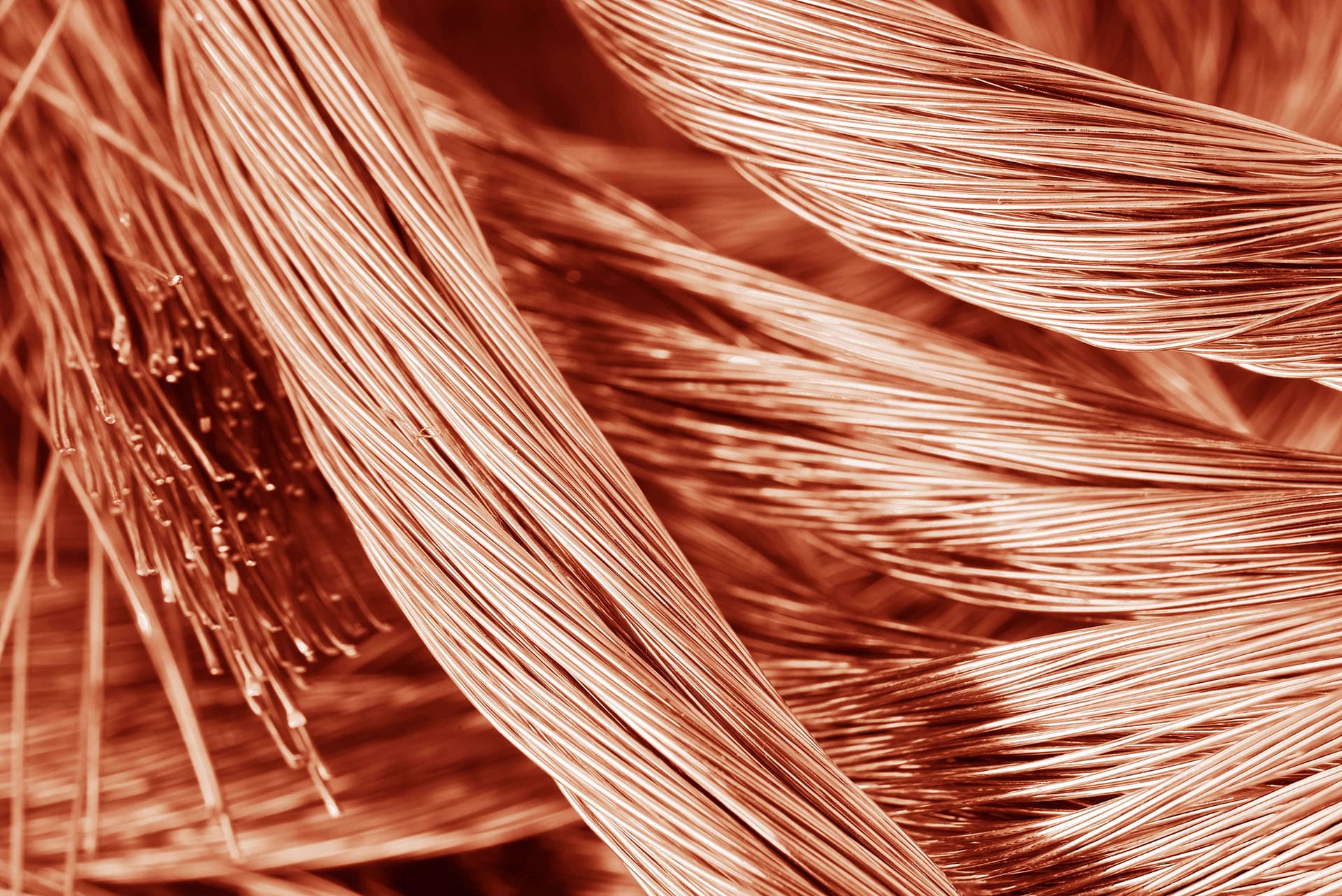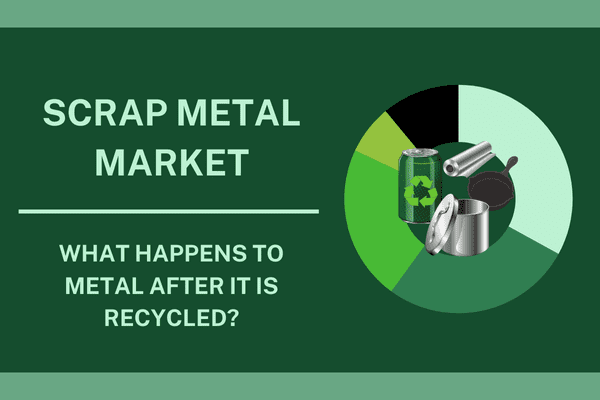
If you have copper piping in your house or the house of a client, you may have pinhole leaks – a ticking time bomb that could bleed your bank account dry. Have you ever wondered how long does copper piping last?
This is your guide to these sneaky little leaks, how to tell if you have them, and what to do about them.
About pinhole leaks
The name is relatively self-explanatory. Pinhole leaks are small leaks in your piping that result from corrosion on the inside of the pipe, eventually leading to water leaking to the outside.
While being the result of corrosion is the leading problem, what usually causes very durable copper pipes to wear through is not so clear.
What Causes Pinhole Leaks in Copper Pipes?
- High levels of chlorine in the water supply
- Corrosion particles from rusting water heaters
- Microbial activity
- High water pressure
- High pH levels in the water
Implications of Pinhole Leaks
Despite the name, pinhole leaks in copper pipes can be quite substantial and end up leaking a lot of water. Over time these leaks will end up costing you in terms of your water bill and damages.
The constant leakage will cause damage to walls and any other areas that the water can spread to. Water damage can lead to the growth of mold and mildew, which can be harmful to the health of both you and your family.
It can even degrade the structural integrity of your home. An article from Floridainsuranceblog.com sites a suit against an insurance company that all stemmed from a pinhole leak. The resident in question experienced sagging in her floors and an eventual collapse because of the leakage.

How to Tell If You Have Pinhole Leaks
While pinhole leaks in copper pipes are a severe problem, they’re not as mysterious as you may think. There are several easy ways to tell if you have them before things get too out of hand.
According to George Brazil Plumbing and Electrical, here are some tell-tale signs:
- Your pipes look dimpled
- The copper is starting to look weathered
- Your water bills are more expensive
- You hear dripping
- You see water stains or discoloration on your walls
- Your home has developed mold or mildew
How Long Does Copper Pipe Last?
In Florida, copper piping usually lasts around 20 to 25 years of age, depending on the thickness of the pipes installed. So generally, if your pipes are not older than 20 years, you should be safe from possible leaking for the time being.

What to Do About Pinholes in Copper Pipes?
Perhaps you are already experiencing pinhole leaks, maybe you want to do something before you do, and things get ugly. Well, whatever the case, there are a few solutions that will remedy the problem.
If there is only a small section of the pipe that is leaking, it’s only occurring in the joints of the tube, or you get very few leaks, and they occur few and far between, you can get away with merely replacing that section.
However, what we recommend is replacing your pipes and having your house repiped by a licensed contractor/plumber. This is especially recommended if you have three or more leaks within six months or less, your piping is older than 20 years old, or you see leaks in parts of the piping other than the joints.
If you’re having your house repiped, we recommend replacing the copper with PEX piping. PEX piping is a form of plastic tubing and is a lot less susceptible to pinhole leaks. Additionally, PEX pipes are less expensive to install.
Save Money by Scrapping Your Old Copper Pipes
Before beginning the project of replacing your copper piping, talk to your plumber. Ask for them to give you the old scrap copper pipes once they’re done. Once you have them, you can turn them in for scrap metal at a recycler like GLE Scrap. You can use the money you get from that to help pay off your bill for repiping your home.
Bring Your Copper to GLE Scrap Metal
Did you know that you can bring your scrap copper to GLE Scrap Metal and be paid for it?
GLE Scrap Metal is a premier scrap metal recycler, GLE Scrap Metal performs environmentally-friendly processing and recycling of all base and precious metals.
Business Recycling Solutions
Are you looking for business solutions? GLE Scrap Metal provides options for plumbing, renovation, and metal recycling solutions. Whether you’re dealing with a commercial job or several smaller residential operations, GLE offers transportation solutions.
You don’t have to keep running back and forth to the plant without worrying about theft or price-gouging. Our transportation solutions cover most of the continental United States.
To find out more, visit our website and contact us or call us at 855-727-2788.


